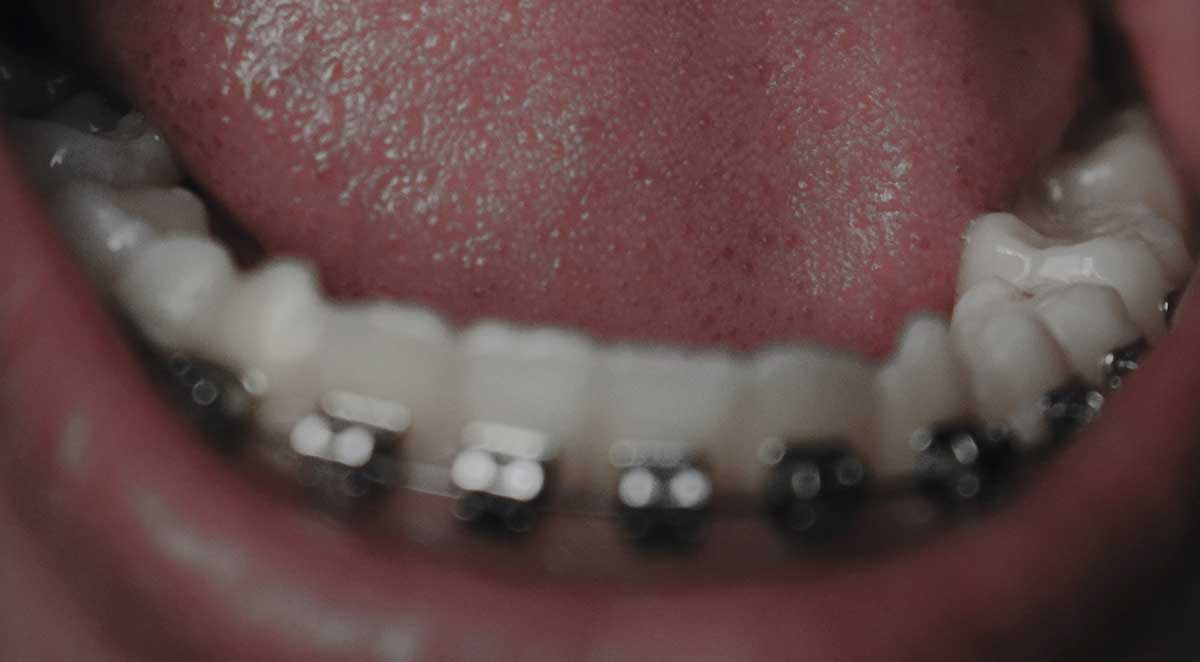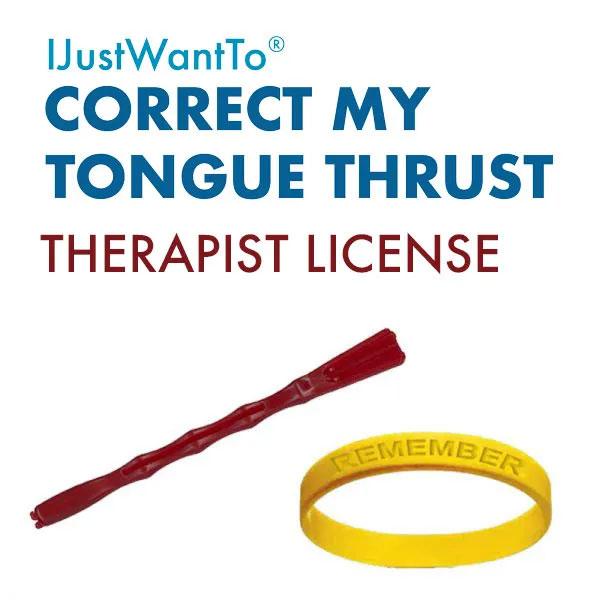1) What is Tongue Thrust?
The average individual swallows 2000-4000 times each day, with each swallow exerting up to 6 pounds of pressure. Your tongue should press against the roof of your mouth, directly behind your upper teeth, as you swallow. If when you swallow, your tongue pushes against the back of your teeth or protrudes between your teeth, this is known as "tongue thrust."
2) What Causes Tongue Thrust?
We are all born with a tongue thrust. Around the age of 12 months, we should outgrow this unless one of the issues below is still occurring. A few of the issues that can encourage your tongue to continue thrusting include:
- Long-term thumb sucking, the use of a pacifier, and the use of a bottle
- Cavities or an accident can cause the premature loss of "baby" teeth. This leaves an empty space that the tongue may habitually “play” with and end up making a new habit that results in tongue thrust.
- Tonsils and adenoids enlargement
These are not necessarily the only contributing factors to tongue thrust; however, we have seen that they are fairly common contributing factors. Tongue thrust can continue even after they have stopped using a bottle, sucking their thumbs, or their tonsils have been removed.
3) What Dental Issues Can Be Caused by Tongue Thrust?
When the tongue is not resting properly in the mouth, it pushes against the back of a person's teeth, which can lead to dental issues. With the tongue pushing against the back of the teeth, it can push them out, causing what is known as overite. Essentially, with this condition, there is a gap between the upper and lower teeth.
4) What Speech Therapy Issues Can Be Caused by Tongue Thrust?
If your child has tongue thrust, they might end up struggling with a speech issue known as a lisp. A lisp occurs when a child mispronounces "s" and "z" such that it ends up sounding like "th." Words like "sound" sound like "thound." Unfortunately, a lisp can lead to a child being picked on for something they cannot fix on their own. The key to fixing a speech issue is correcting it at its source. If your child has a lisp caused by tongue thrust, tongue thrust therapy can help.
5) Which Should Come First - Braces or Tongue Thrust Therapy?
Braces are effective in correcting dental issues. The orthodontist can put braces on your child's teeth and make them appear flawless. When the braces are removed, the tongue is powerful enough to move his teeth so they return to their original position before the braces.
It's ok if your child is already wearing braces when you begin tongue thrust treatment. The most crucial thing is that the child completes tongue thrust treatment and begins swallowing properly before his braces are removed. Otherwise, the tongue may end up pushing the teeth out of alignment again, leading to another round of braces when they are older.
6) Where Can We Find Tongue Thrust Therapy?
If you want to help improve not only dental and speech issues at their source, you are probably ready to find tongue thrust therapy for your child. The good news is that you can work on helping your child correct their tongue thrust from the comfort of your home. At IJustWantTo Correct My Tongue Thrust, we have developed a simple seven-week, step-by-step program to help fix tongue thrust, which will often also correct associated issues. Our program provides exercises that help retrain your tongue to rest properly in your mouth. For more information, you can contact us, visit our FAQ page, or visit our store.



